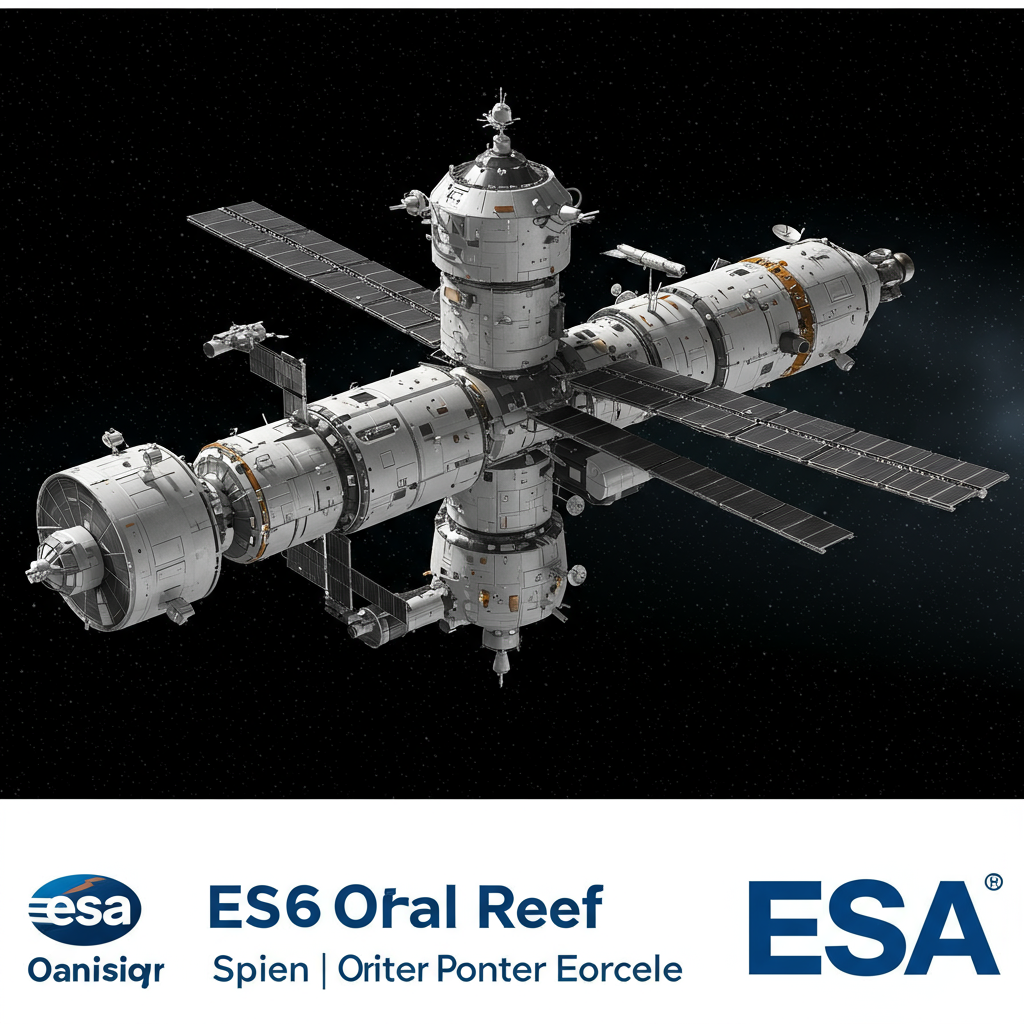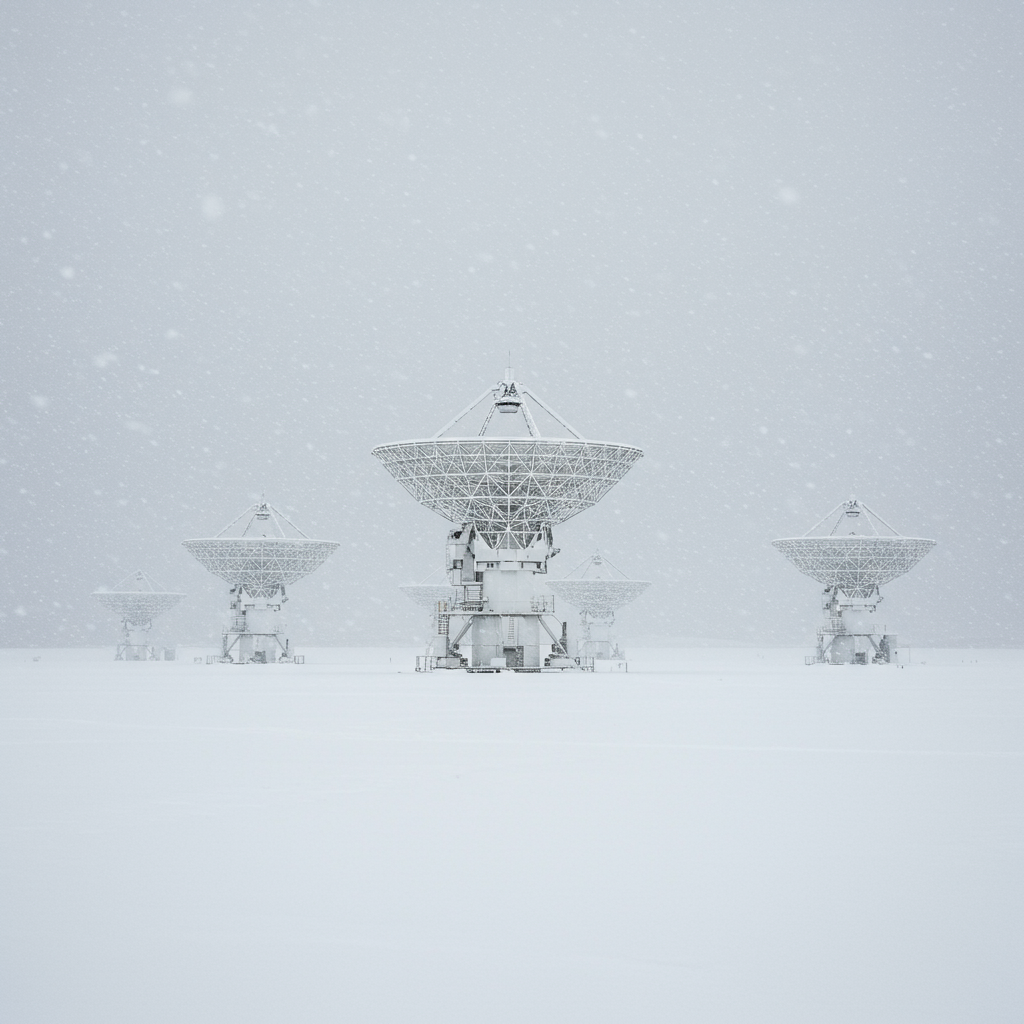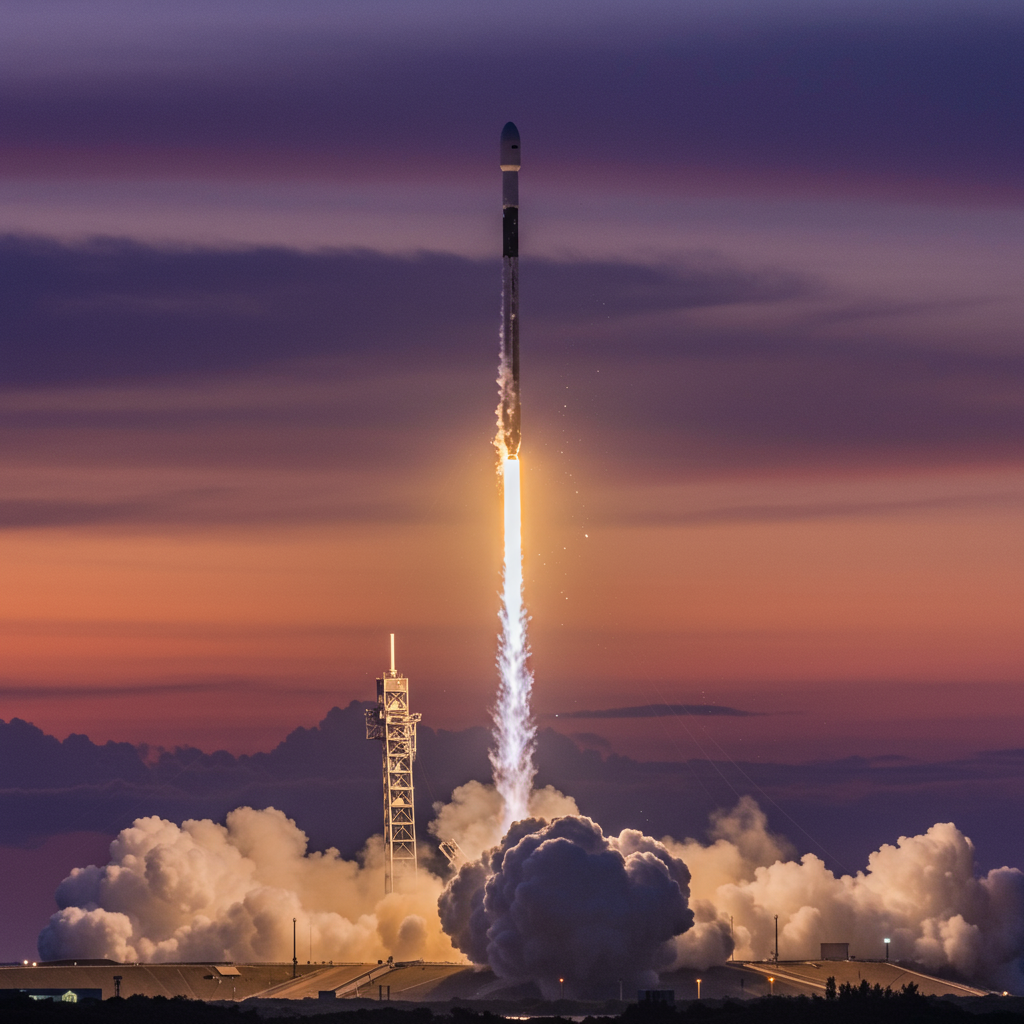As the International Space Station (ISS) approaches its planned retirement at the end of the decade, the European Space Agency (ESA) is actively shaping its strategy to ensure Europe maintains a vibrant human presence and continues crucial scientific and technological development in low Earth orbit (LEO). A significant step in this post-ISS planning involves exploring commercial space stations, and ESA recently solidified its engagement with a major contender.
At the Paris Air Show on June 18, ESA announced the signing of a memorandum of understanding (MOU) with Blue Origin and Thales Alenia Space. This agreement is centered on studying the potential future use of Orbital Reef, the commercial space station proposed by Blue Origin in partnership with Sierra Space, Boeing, Redwire Space, and other collaborators.
The scope of the MOU is comprehensive, examining various avenues for European involvement. This includes studying the possibility of flying European payloads and potentially sending European astronauts to the Orbital Reef station. Furthermore, the agreement will investigate potential European hardware contributions, which could range from small subsystems to full-fledged modules integrated into the station’s structure. The potential use of future European spacecraft for transporting both cargo and crews to and from the station is also part of the study.
“By leveraging our expertise in space exploration infrastructures and vehicles, we’re committed to competing and investing in the development of technological solutions to empower Europe’s plans for the commercialization of low Earth orbit,” stated Giampiero Di Paolo, deputy chief executive of Thales Alenia Space, highlighting the strategic importance of European industry participation in the evolving LEO landscape.
Exploring Multiple Commercial Pathways
The agreement regarding Orbital Reef is not an isolated move but part of ESA’s broader effort to explore the emerging market of commercial LEO destinations (CLDs). These private stations are seen as the potential successors to the ISS, providing platforms for continued space activities.
Just a year prior, ESA signed a similar agreement with Vast, another company developing commercial space stations. That MOU, signed at the ILA Berlin air show on June 6, focused on studying potential cooperation regarding Vast’s platforms, including their smaller initial station, Haven-1, planned for launch in the second half of the following year. This dual engagement underscores ESA’s approach of actively exploring possibilities across different commercial providers to secure diverse future options for European LEO access.
Testing New Models Via Private Missions
ESA has been testing the waters of collaborating with commercial entities through private astronaut missions (PAMs) to the ISS. These missions serve as valuable testbeds for exploring cooperation models beyond the traditional government-to-government framework.
ESA astronaut Andreas Mogensen noted during a panel discussion at the Paris Air Show that the agency is keen to cooperate with commercial entities not just as a “user and a paying customer, but also as a partner.” He highlighted the success of recent private missions involving ESA reserve astronauts, such as Marcus Wandt on Axiom Space’s Ax-3 mission and the upcoming flight of Sławosz Uznański-Wiśniewski on Ax-4. These short-duration flights allow astronauts to focus entirely on science utilization, providing a significant boost compared to long-duration missions which involve considerable time spent on station maintenance.
This experience informs ESA’s interest in securing potential multi-flight agreements with future CLDs. As Daniel Neuenschwander, ESA’s director of human and robotic exploration, put it, maintaining a “continuous presence and use” of LEO is a key long-term objective, and CLDs are “potential platforms that could enable the implementation of this objective.”
Optimizing Science and Fostering European Industry
While the ISS has provided extensive research facilities, future commercial stations offer new possibilities for optimizing scientific work. Angelique Van Ombergen, ESA’s chief exploration scientist, commented that although entirely new types of science not possible on the ISS might not necessarily be enabled, the CLD framework allows for better tailoring experiments to specific platforms, thus optimizing scientific return.
A crucial element for ESA is fostering a strong European presence in the LEO ecosystem. Neuenschwander emphasized ESA’s preference for collaborating with CLD projects that involve significant European industry participation. “I would like to see a strong European industry presence,” he stated, affirming that ESA will support projects with a “strong European share.” The partnership with Thales Alenia Space on the Orbital Reef study, along with European companies exploring roles in component supply and independent transport solutions like The Exploration Company’s Nyx cargo vehicle (which has agreements with multiple CLD developers), exemplifies this focus on building a robust European commercial space capability.
By signing agreements like the one with Blue Origin and Thales Alenia Space for Orbital Reef, alongside similar studies with other providers and supporting European commercial ventures, ESA is strategically positioning itself to navigate the transition to a commercially-led LEO future, ensuring Europe remains a key player in space exploration and utilization.




